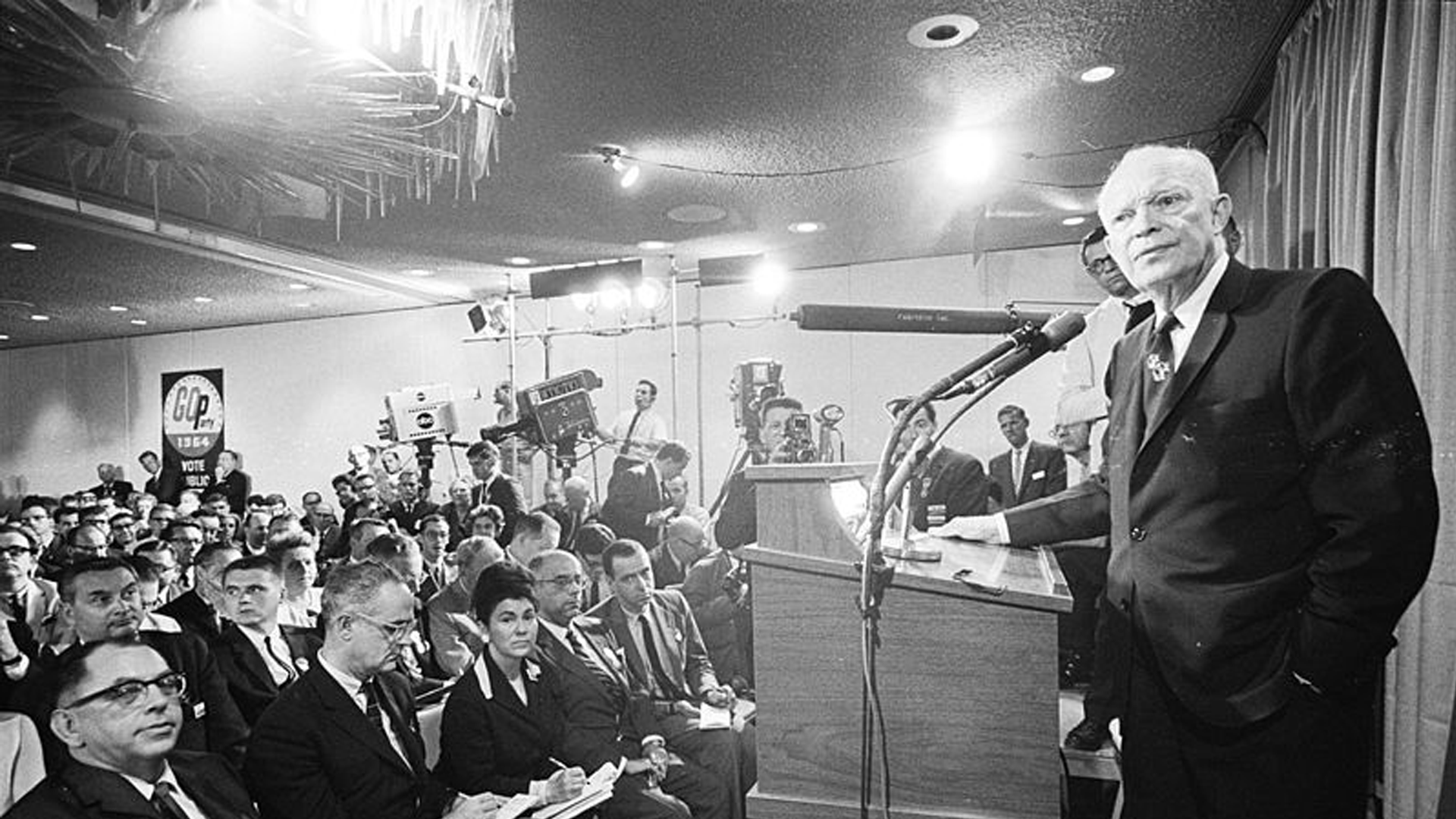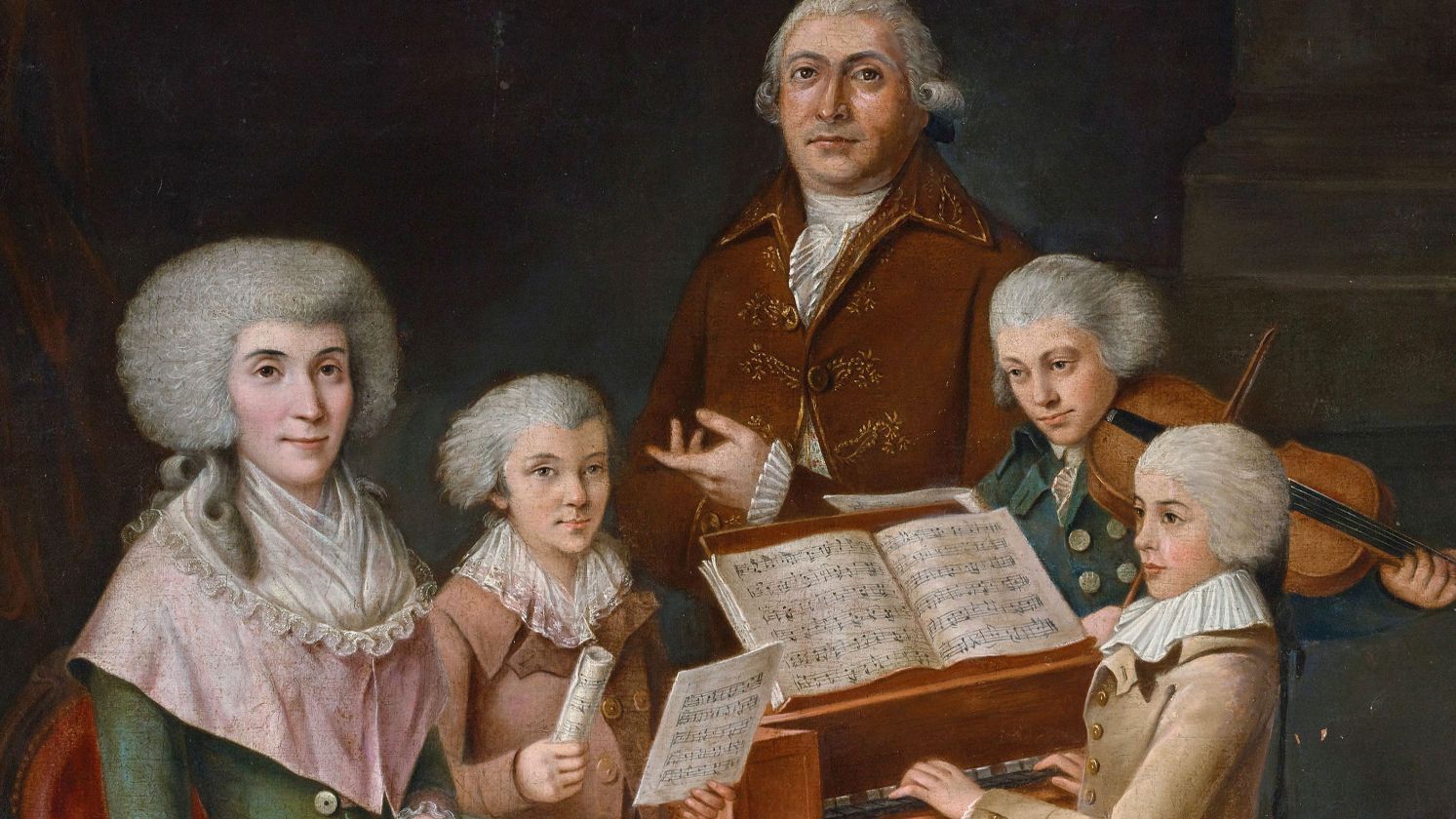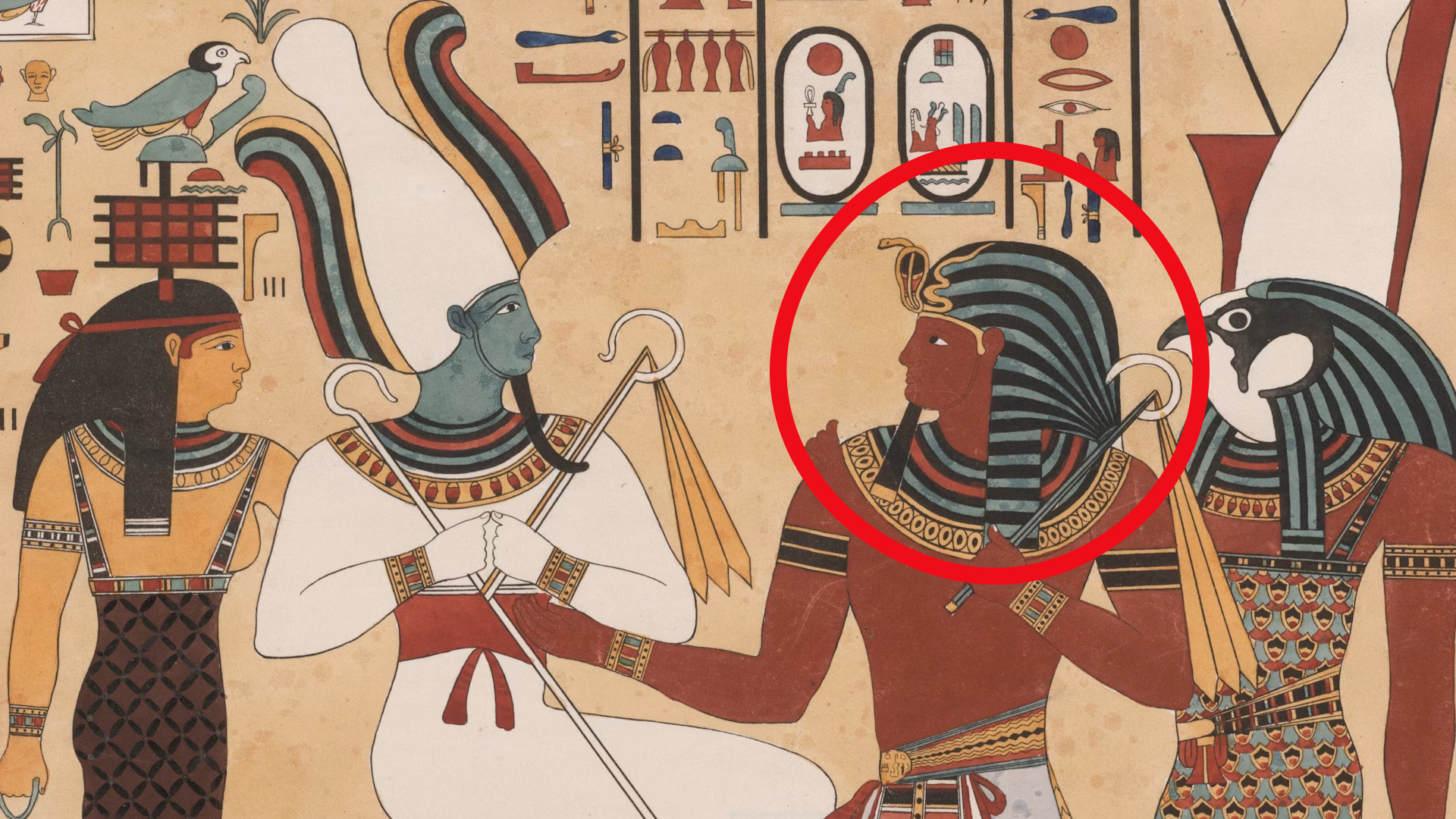The Woman Who Changed England
Anne Boleyn remains one of history’s most debated figures, not just for her connection to the Tudor throne but for how she managed to influence an entire era. She moved through court life with an energy that disrupted the comfort of tradition. Centuries later, her name continues to spark curiosity and debate, reminding us that influence doesn’t always come quietly. So, let’s take a closer look at how one woman changed the course of England’s history.
1. She Spent Her Youth Abroad
Anne Boleyn’s early years in the Netherlands and France shaped her into one of the most polished women of her time. Educated in Brussels and Paris, her qualities made her stand out upon returning to England in 1522 as Catherine of Aragon’s maid of honor.
2. She Refused To Be Henry’s Mistress
Henry VIII's obsession with Anne Boleyn stemmed from something he rarely encountered: rejection. Anne's firm refusal to become his mistress from 1526 onward left the king flooding her with love letters, and his royal ego turned desire into an all-consuming matrimonial pursuit.
3. Her Marriage Changed England’s Religion
When Archbishop Cranmer annulled Henry VIII’s marriage, the pope’s swift excommunication of both Cranmer and the king set off a revolution. Later, Anne Boleyn’s marriage to Henry became the spark that toppled papal authority in England.
 George Cruikshank on Wikimedia
George Cruikshank on Wikimedia
4. Her Sister Mary Was Also Henry VIII’s Mistress
Before Anne Boleyn's meteoric rise to queen consort, it was her sister Mary who first captured Henry VIII's attention, becoming his mistress during his marriage to Catherine of Aragon. Yet Mary's royal liaison would ultimately pale in comparison to Anne's unprecedented ascent from mistress to monarch.
 Unknown authorUnknown author on Wikimedia
Unknown authorUnknown author on Wikimedia
5. She Was Known For Her Dark Eyes
The fervent admiration Anne Boleyn commanded at Tudor court stemmed from an extraordinary combination of attributes. Her striking dark eyes and distinctive appearance set her apart visually, while her presence created an almost magnetic charisma that drew courtiers.
 Unknown Master, Italian (active 1610s) on Wikimedia
Unknown Master, Italian (active 1610s) on Wikimedia
6. She Had A Strong Interest In Politics
Like a skilled chess player, Anne Boleyn mastered political strategy long before becoming queen. Her influence rose after Cardinal Wolsey’s downfall in 1529, and by securing Henry VIII’s confidence, she became his trusted advisor on state affairs.
7. Her Daughter Became England’s Greatest Monarch
Anne Boleyn's greatest gift to England came on September 7, 1533, when she gave birth to her only surviving child. Though Henry VIII's disappointment at having a daughter instead of a son was palpable, young Elizabeth would ultimately prove her worth, becoming England's most famous monarch.
 Formerly attributed to George Gower on Wikimedia
Formerly attributed to George Gower on Wikimedia
8. She Miscarried A Male Child In 1536
In January 1536, Henry VIII’s jousting injury changed the course of two women’s lives. Anne Boleyn’s miscarriage of a male heir shattered her hold on the throne, even as Jane Seymour’s quiet charm drew the king’s attention.
 William Powell Frith on Wikimedia
William Powell Frith on Wikimedia
9. She Was The First Marquess In Her Own Right
In a move that shattered gender barriers, Anne Boleyn became England's first female marquess in her own right when Henry VIII granted her the title Lady Marquis of Pembroke. This calculated elevation of her status in September 1532 enabled her to accompany Henry to France before their marriage.
 Pierre Puyenbroeck on Wikimedia
Pierre Puyenbroeck on Wikimedia
10. She Promoted Reformist Religious Texts
In quiet moments at court, Anne Boleyn would share reformist texts with Henry VIII, most notably Simon Fish's The Supplication of Beggars. Anne's bold promotion of such controversial literature intensified opposition from conservative factions at court.
11. She Commissioned Religious Works In English
Before Anne Boleyn's intervention, religious knowledge remained locked behind Latin barriers, accessible only to educated elites. By commissioning English translations of religious texts, she empowered common people to engage directly with sacred writings.
 Unknown authorUnknown author on Wikimedia
Unknown authorUnknown author on Wikimedia
12. She Supported Humanist Thinkers
Anne Boleyn reshaped the Tudor court into a hub of intellectual progress. She championed humanist scholars, encouraging open discussion and bold ideas. Her patronage also helped cultivate the enlightened atmosphere that would later define Elizabeth I’s illustrious reign.
 D. P. Fordham (c. 1846-1899) on Wikimedia
D. P. Fordham (c. 1846-1899) on Wikimedia
13. Her Influence Extended Into Court Fashion
Before Anne Boleyn's arrival, English court fashion had remained largely unchanged for generations. Her charismatic presence brought a dramatic French influence that converted noble wardrobes across England. Plus, she introduced continental styles and popularized the French hood.
14. Anne Had No Shortage Of Suitors
When Sir Thomas Wyatt penned verses to Fair Brunet, he joined a line of nobles influenced by Anne's charms. Before catching Henry VIII's eye, she had secretly pledged herself to Henry Percy, heir to Northumberland.
15. Her Fall From Power Was Shockingly Rapid
In the treacherous triangle of Tudor power, Anne Boleyn's grip on the crown loosened as Henry VIII's attention shifted to Jane Seymour by March 1536. The delicate balance that had elevated Anne to queenship just three years prior now tipped against her.
 Hans Holbein the Younger on Wikimedia
Hans Holbein the Younger on Wikimedia
16. She Was Executed On Various Charges
While royal authority wielded the weight of treason charges against Anne Boleyn in May 1536, historical evidence tells a different story. Though officially condemned and executed, she maintained her innocence until the end.
17. She Was Executed By A French Swordsman
In a final gesture of dignity amid her downfall, Anne Boleyn was granted death by sword rather than axe, which was a more merciful end reserved for nobility. Henry VIII's extraordinary measure of summoning a skilled French swordsman to the Tower of London converted her execution into an act of calculated grace.
18. She Was Buried In An Unmarked Grave
After her execution, Anne Boleyn was laid to rest hastily in the Chapel of St Peter ad Vincula within the Tower of London. Her grave remained unmarked for centuries, hidden beneath the chapel floor, until a memorial tile was later placed to honor England’s fallen queen.
19. There Are Lots Of Films And Shows About Her
Anne Boleyn’s life has inspired countless portrayals in film and television. Productions like The Tudors, Anne of the Thousand Days, and Wolf Hall have reimagined her story, each capturing a different facet of her life.
 Anne of the Thousand Days (1969) by BESTSCENE MUSIC
Anne of the Thousand Days (1969) by BESTSCENE MUSIC
20. Her Legacy Outlived Her Short Reign
Though Anne Boleyn's reign lasted mere years, her profound legacy endured through her daughter Elizabeth I's golden age. Plus, her religious and political influence cemented her place as one of English history's most documented figures.
KEEP ON READING

20 Important Names From World War II You Should Know
Key Players From World War II (For Good or Bad).…
By Cathy Liu Nov 7, 2024
20 Popular Foods Throughout History That Were Made By Mistake
How Many Of Your Favorite Foods Were Happy Accidents?. Even…
By Emilie Richardson-Dupuis Oct 9, 2025
The Musical Prodigy: 10 Fascinating Facts About Mozart & 10…
Secrets Behind the Symphony. Wolfgang Amadeus Mozart remains one of…
By Chase Wexler May 5, 2025
The Mysterious "Sea People" Who Collapsed Civilization
3,200 years ago, Bronze Age civilization in the Mediterranean suddenly…
By Robbie Woods Mar 18, 2025
20 Inventors Who Despised Their Creations
Made It… Then Hated It. Inventors often dream big, but…
By Chase Wexler Aug 8, 2025
20 Incredible Items In The British Museum People Say Were…
Mystery In History. The mighty halls of the British Museum…
By Chase Wexler Sep 8, 2025











